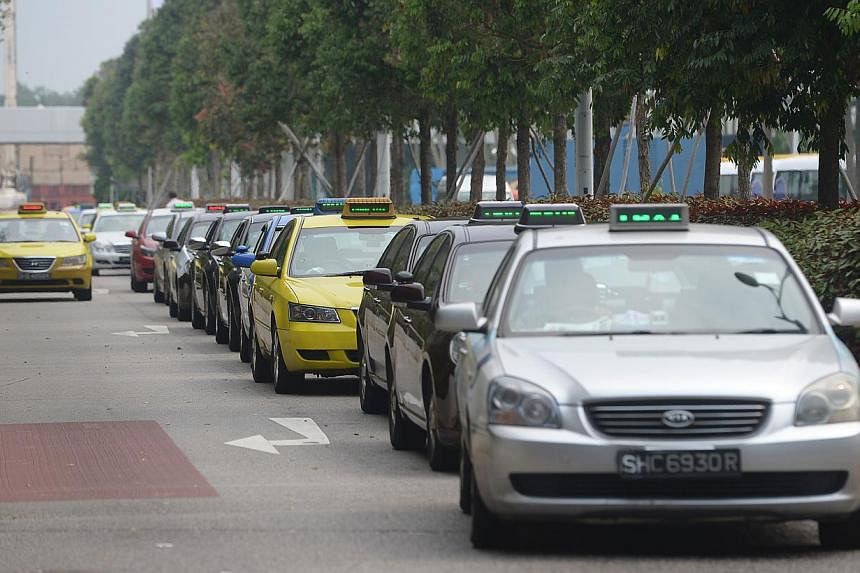SINGAPORE - The Land Transport Authority (LTA) has made a valiant attempt at uncluttering Singapore's bewildering taxi fare structure.
The changes it proposed are likely to lead to a more structured system that prevents further clutter. But the review is unlikely to lead to a huge improvement.
That is because the biggest confusion lies in the flag-down rates (there are 12 currently), the dizzying array of taxi models (about 30), and what constitutes a premium cab and a non-premium cab.
Of the three, the range of flag-down rates is the most perplexing. There are seven, ranging from $3.20 to $3.90 for non-premium cabs, and five ranging from $3.50 to $5 for premium cabs.
The LTA opted not to harmonise flag-down rates for fear that operators might level them up and make commuters pay more. The differing rates - which are largely determined by taxi rental rates - act as a source of competition.
But there are ways of doing this without causing confusion to commuters - like competing on the quality of vehicles and driver benefits.
To be blunt, the differing rental rates devised by cab companies are merely a way for them to maximise profits. For instance, a new Korean taxi model commands a rental of $134 per day, compared with $105 per day for an older model.
The difference of $29 would add up to around $74,000 over the lifespan of a cab - almost twice the estimated difference between the purchase price and maintenance cost of the two cabs.
Which is why the National Taxi Association said "a review of the fare structure... is incomplete without a corresponding review of the rental issue".
The LTA added that commuters do not want fare harmonisation if it leads to a fare increase.
But if, say, the complex menu of surcharges were to be flattened, simplified or reduced, the average fare would not be higher.
In Hong Kong, the fare structure is a lot less complex, with one flag-down rate and uniform fare stages. Surcharges are few and low.
With surcharges, a taxi ride in Singapore costs more than an equivalent one in Hong Kong.
This is where the LTA missed an opportunity to make more profound changes.
Hong Kong's fleet of 18,000 taxis caters to one million trips a day. It takes 28,500 cabs in Singapore to match that figure.
This is because taxi drivers in Hong Kong are motivated to go where the commuters are. Those who do not will not be able to make ends meet.
In Singapore, a study found, once taxi drivers achieve their target take-home income for the day, they either call it a day or take it easy. Surcharges merely help cabbies reach their targets faster.
To get cabbies to work harder, Singapore introduced taxi availability standards two years ago. Since then, ridership has grown by 5.5 per cent from 967,000 to 1.02 million trips a day.
But it takes manpower and effort to enforce these standards. Would it not be better to go one step further to achieve a higher goal?
LTA's review is unlikely to improve our taxi system by much. It will only prevent it from getting worse.


